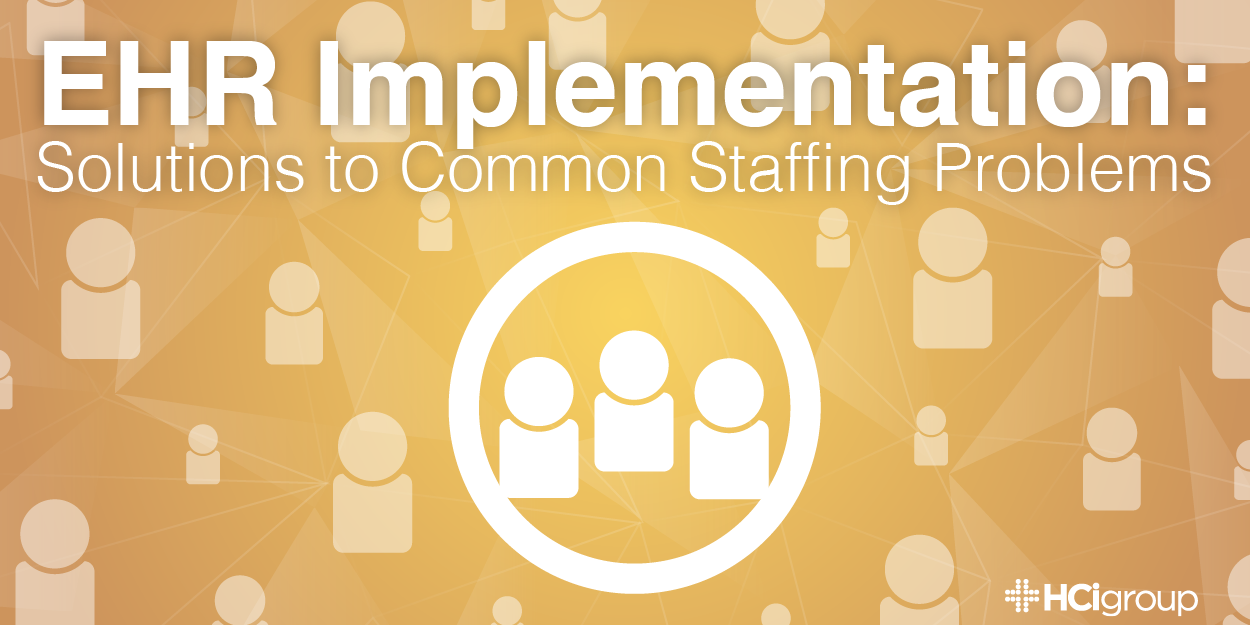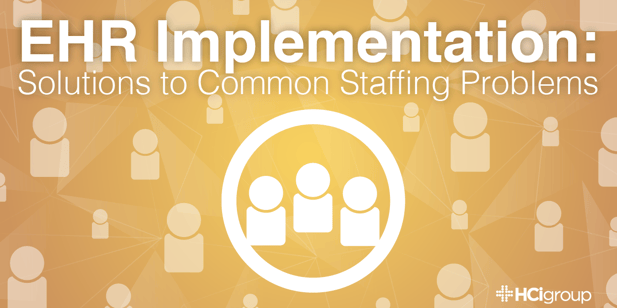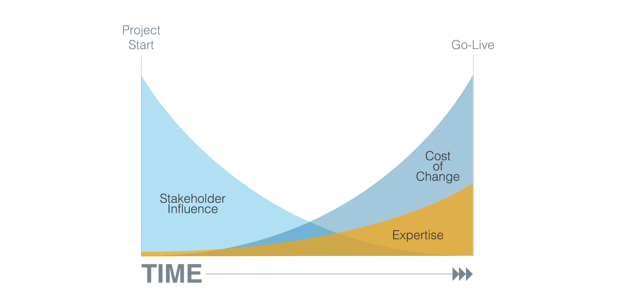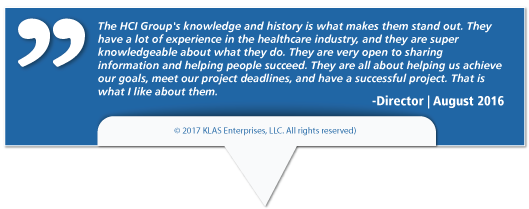EHR Implementation: Solutions to Common Staffing Problems


In this blog post, Rod Gamble, HCI's Senior Vice President - Global Cerner Service Line highlights solutions to common staffing problems for EHR Implementations.
Preparation
So you’ve passed through the fires of procurement (the trials of Hercules for some). You’ve got a contract, it’s signed, and we need to get to system installation and productive use in a hurry! No. Stop.
If you’ve ever prepared for a run like a 1k, 5k, or even a marathon, you know that preparation for the event is a big deal. In the case of a marathon, months of preparation are likely required. The last time I started a half marathon my heart rate was 110–at the start line. It’s so exciting that you just want to burst forth at the start line and run your heart out. This is a mindset for failure in running and in running a project.
If your organization is not ready for the changes that are coming (and most aren’t) it probably doesn’t have the right expertise in house and isn’t ready to take the shortest and cheapest path to success.
Inhouse Expertise
What should you do? The simple answer is get the right expertise in house. The best experts are those who are already part of the organization, people who have done similar projects using the same vendor previously. People who have done many projects using the same vendor and are already on payroll are the best candidates possible.
Here’s the problems:
- There aren’t enough of these people in the work force
- You don’t need many of their skills for much longer than the project’s duration
- You don’t want a low performing team.
Team Dynamics
I’ll start with the last problem first. All teams are composed of members and are subject to team dynamics. Teams typically finish projects at a higher performance level than they start after passing through the normal stages identified by Tuckman: Forming, Storming, Norming, Performing. The importance of this problem is enhanced by the normal life cycle of an electronic medical record seen below:

As the project starts, the project team has the greatest influence on outcomes for the least amount of money and vice versa. If a team hasn’t been brought together yet and must pass through Forming, Storming, and Norming while the project is underway, you’re set to maximize costs. The solution? Bring together a team of people who are great individual contributors and push them through the initial stages of group dynamics so that Storming is behind them when their influence peaks at the beginning. Adding team members later works and is effective to meet temporary or peaking needs because the team is already established and has its own culture.
EHR Implementation Recruitment
Now to the first and second problem. Most of the people you’ll need for a EHR implementation project aren’t needed indefinitely and are typically hard to recruit. In some countries, the cost of off-boarding resources who were needed temporarily can exceed the cost of employing them! In all countries the resources with these skills tend to float from one project to the next indefinitely. They are generally expected to show up, train local resources to replace themselves, and move on to the next project.
To learn more about HCI's EHR Implementation Services, fill out the form below to contact us today!
Additional EHR Implementation Resources (links):
- EMR Go-Live: 5 Tips for Building a Useful RFP
- Go-Live Support: Pre & Post Go-Live Planning
- EHR Implementation: 3 Planning Considerations


